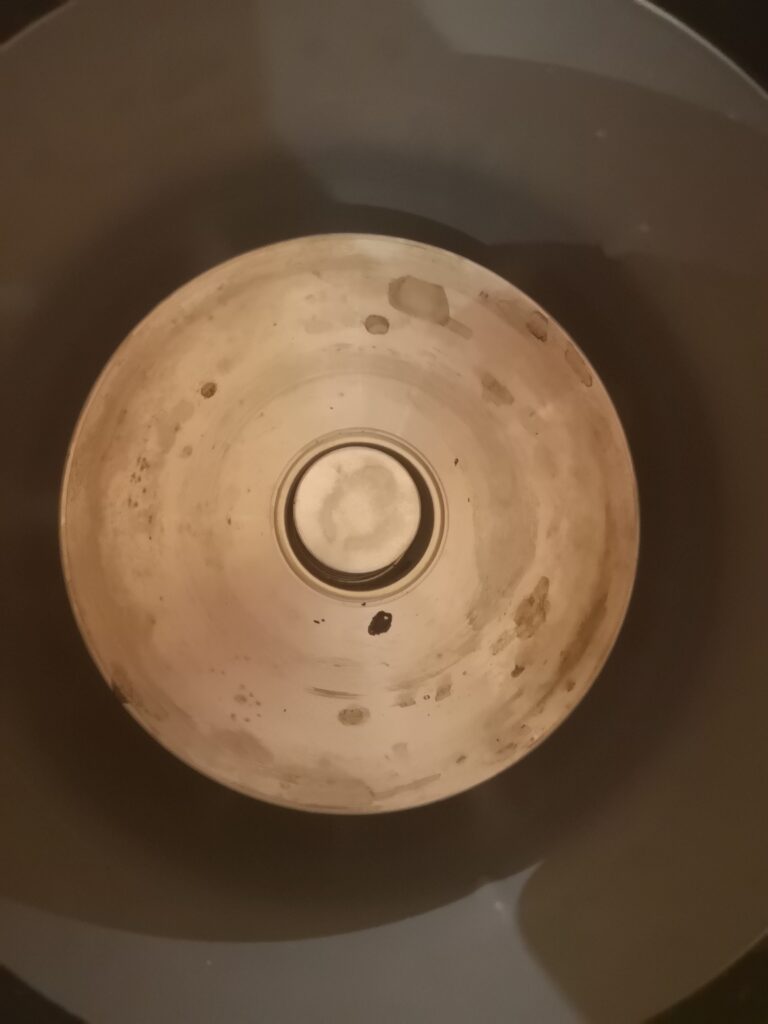I’ve been using a rice cooker for at least 17 years. But just recently (well probably at least 3 years) did i come to know, how this magical gadget, which provides nutritious well cooked rice works. Specifically i am refering to the older rice cooker models, which are for sale startingn at as low as 20 €. The channel Technology Connections made an excellent youtube video explaining the exciting fundamentals of the rice cooker which i’d like to summarize in this post.
The rice cooker which has a “click” sound indicating a finished cooking process utilizes two physical properties:
- liquid water can not exist past its boiling point but cooked rice can
- if a magnet gets hot enough it loses its magnetism
If you look into a rice cooker, you can see a round heating element and a spring platform in the center. Essentially, without going into too much detail, there is a magnet under the spring plattform which consequently makes it indirectly connected to the pot.
By pressing the switch you start the cook mode and the spring including the magnet gets pressed downwards. The magnet, thanks to its magnetism, overcomes the vertical upwards force of the spring and sticks to the bottom which in turn makes the circuit bypass a resistor. The heating element starts to increase its temperature, which in turn boils the water inside the pot.
“As long as there’s liquid water sitting in the pot the pot itself cannot get hotter than the water’s boiling point”, which apperently is perfect for cooking rice. However if the water vanishes, the pot starts to increase its temperature which also raises the temperature of the magnet.
Eventually the magnet loses its magnetism and the spring clicks upwards no longer bypassing the resistor. The rice cooker is now at the warm mode having cooked perfect rice.

